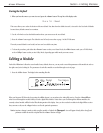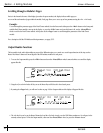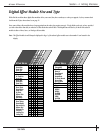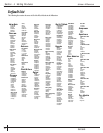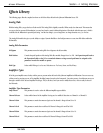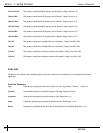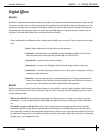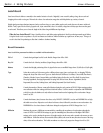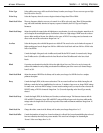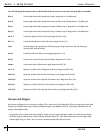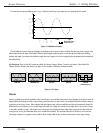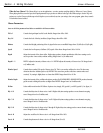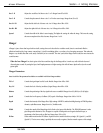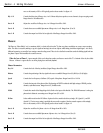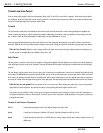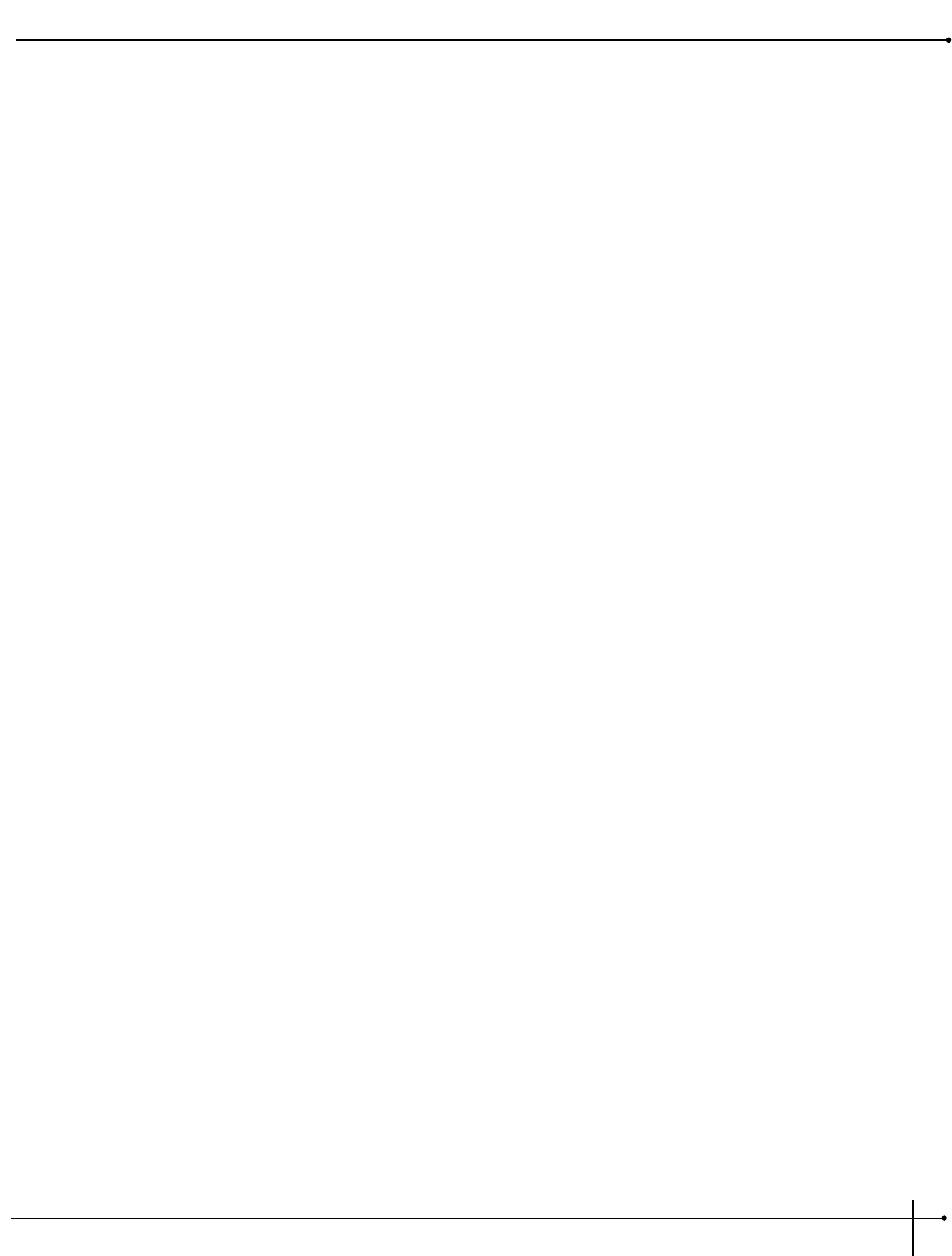
X-Over Type Selects which crossover type will be used for the Primary Secondary reverb stages. The two crossover types are High
Pass (HP) and Low Pass (LP).
X-Over Freq. Selects the Frequency where the crossover begins to function. Ranges from 25Hz to 20kHz.
Prim & Secd X-Over These two Parameters allow the crossover to be turned On or Off for each reverb stage. When Off, that particular
stage will be full bandwidth, otherwise its frequency response is limited by the X-Over Type and Frequency
Parameters.
Prim & Secd Damp Adjusts how quickly the room absorbs the high-frequency reverberations. In a real room, absorptive materials can be
used to dampen the natural high-frequency reverberations of the room. High settings of DAMP cause the reverbera-
tions to darken tonally and become less defined over the course of DECAY. Low settings cause less dramatic room
effects on the tone of the reverberations. Ranges from 1 to 7.
Low Pass Selects the frequency above which all frequencies are rolled off. This control can be used to darken the response of
bright-sounding gated reverbs. Ranges from 100 Hz to 8 kHz in the Gated Reverb and from 100 Hz to 20 kHz in the
Stereo Gated Reverb.
Time Controls the length of the gated reverb in milliseconds (much like the DECAY control of a normal reverb). Ranges
from 25 milliseconds to 300 milliseconds in the Gated Reverb and from 500 milliseconds in the Stereo Gated
Reverb.
Blend Cross-mixes reverberations from the left side into the right side and vice-versa. This can be used to increase the
realism of the simulated room by adding reverberations from different parts of the room to each channel. Ranges
from 0% to 99%.
Prim & Secd Blend Adjusts the amount of BLEND for the Primary and Secondary reverb stages. See BLEND above for a complete
parameter description.
Decay Controls the length (RT60) of the room reverberations. This one control could have been divided among Size and
Reflection controls but has been simplified here for easier use. To simulate a large room, use longer DECAY settings.
For small rooms, use shorter DECAY settings. For more natural sounding reverbs, you may also want to decrease the
DENSITY setting as DECAY is shortened. Ranges from .5 to 23 seconds depending on the Reverb Type currently
selected.
Prim & Secd Decay Controls the length (RT60) for the Primary and Secondary reverberation stages. This Parameter interacts with the
SIZE and REFLCT Parameters. Larger SIZE and REFLCT settings will allow longer reverb decay times while smaller
settings reduce the length of the reverb decays but produce better small environment emulations. Ranges from .26
to 11 seconds.
Prim & Secd Size Changes the relative room size of the Primary and Secondary reverb stages. Ranges from 1 to 5.
Prim & Secd Reflct Controls the simulation of energy loss of sound each time it is reflected. Hard, smooth materials like glass and wood
have more reflectivity that softer, more porous materials. This control can be thought of as determining the
“liveness” of the room. Ranges from 1 to 10.
Johnson Millennium
User Guide
Section - 4 Editing Modules
39



